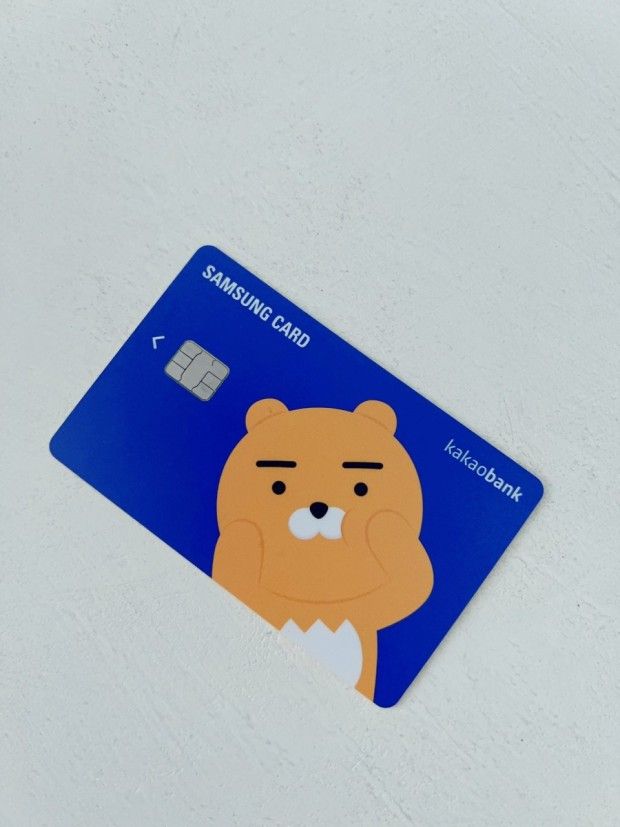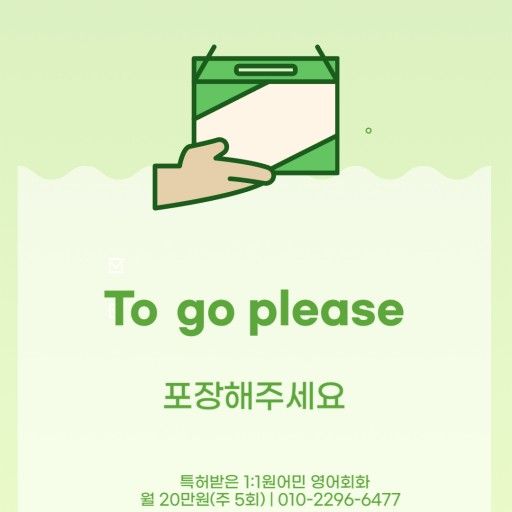Planning a trip to South Korea is an exciting opportunity to explore a unique and vibrant culture, and immersing yourself in the local cuisine is a fantastic way to do just that. Whether you're a seasoned traveler or a first-time visitor to South Korea, knowing some essential Korean phrases for eating out can be incredibly helpful.
When you're dining out in South Korea, you'll likely encounter menus written in Korean, servers who speak little or no English, and cultural norms that may be unfamiliar. However, learning korean key phrases in your back pocket, you can communicate with locals, navigate menus, and make the most of your culinary adventures.
Here are 16 must-know Korean phrases for dining out that will help you speak like a local and enjoy the best of Korean cuisine.
Sidenote: Want to learn Korean? Read our other popular posts:
22+ Popular Flowers In Korean And When to Give Them
Happy Birthday In Korean: 7 Best Birthday Wishes
How to Learn the Korean Alphabet: Learn the Hangul With Ease

1.안녕하세요 (annyeonghaseyo)
Hello This is a polite greeting that you can use when entering a Korean restaurant. It's important to show respect to the staff and fellow diners.
2. _____ 명 테이블 주세요 (_____myeong teibeul juseyo)
Can we have a table for _____ people?" If you are with a group and need a table, you can say "_____ 명 테이블 주세요 (_____myeong teibeul juseyo)," which means "Can we have a table for _____ people?"
3. 메뉴판 주세요 (menyupan juseyo)

Can I have a menu, please? If the server doesn't bring you a menu, you can ask for one with this phrase. Simply say "메뉴판 주세요" while making eye contact with the server.
4. 이거 주세요 (igeo juseyo)
Please give me this When you've decided what you want to order, use this phrase to point to the item on the menu and say "이거 주세요". It's a polite way to ask for what you want.
5. 이거 뭐에요? (igeo mwoeyo?)
What is this? If you're not sure what a menu item is, you can use this phrase to ask the server. They'll be happy to explain the dish to you.
6. 매운 음식 좋아해요 (maeun eumsik joahaeyo)
I like spicy food If you're a fan of spicy food, this is a great phrase to know. It will help you communicate your preferences to the server, who may be able to recommend spicy dishes.
Read also: How to Learn Korean With K-Pop
7. 공기밥 하나 더 주세요 (gonggippap hana do juseyo)

Please give me more rice In Korean cuisine, rice is often served as a side dish. If you want more, you can use this phrase to ask for it.
8. 계산서 주세요 (gyesanso juseyo)
Please give me the bill? When you're finished with your meal and ready to pay, you can use this phrase to ask for the bill. Simply say "계산서 주세요" while making eye contact with the server.
9. 신용카드 쓸 수 있어요? (sinyongkadeu sseul su isseoyo?)

Can I use a credit card? Most restaurants in South Korea accept credit cards, but it's always a good idea to confirm with the server before ordering. Use this phrase to ask if you can use a credit card to pay.
10. 맛있게 먹었습니다 (masitge meogeotseumnida)
The food was delicious After you finish your meal, use this phrase to show your appreciation to the chef and staff. It's a polite way to say thank you for the delicious meal.
11. 다음에 또 올게요 (daeume tto olgeyo)
I'll come back again If you enjoyed your dining experience and plan to return, use this phrase to let the staff know. It's a great way to build rapport and show your appreciation.
12. 저기요, 화장실 어디에 있나요? (jeogiyo, hwajangsil eodie innayo?)

If you need to use the restroom, you can say "저기요, 화장실 어디에 있나요? which means "Excuse me, where is the restroom?"
Related: Best Way to Learn Korean: A Guide to Learning Korean
13. 채식주의자용 메뉴 있나요? (chaesikjuuijayong menyu innayo?)
If you are a vegetarian, you can ask if the restaurant has any vegetarian options.
13. 이 음식 매워요? (i eumsik maewoyo?)
Is this dish spicy? If you want to know if a particular dish is spicy, you can use this sentence to help you out. Usually korean meals are pretty spicy so this phrase can save you from having a delayed stomach ache.
15. 맛있어요! (masisseoyo!)
This is delicious!"If you are enjoying your food, you can compliment the chef by saying "맛있어요! (masisseoyo!).
16. 포장해 주세요 (pojanghae juseyo)

If you have leftovers and want to take them home, you can ask for a takeout box by saying "포장해 주세요 (pojanghae juseyo)," which means "Can I have a takeout box, please?"
Frequently Asked Questions (FAQs) About Korean Dining Etiquette
What to say when leaving a Korean restaurant?
When leaving a Korean restaurant, you can say "잘 먹었습니다" (jal meogeosseumnida), which means "I ate well." This is a polite way to thank the staff for the meal. You can also say "감사합니다" (gamsahamnida), meaning "thank you."
What do waiters say in Korean?
Waiters in Korean restaurants typically greet customers with "어서 오세요" (eoseo oseyo), meaning "welcome." They might ask you "몇명이세요" (myonmyongiseyo) which translates to "how many people?", so they can assign you the right table. If you need anything, you can call the waiter by saying "저기요" (jeogiyo).
What to say when eating in Korean?
Before eating, you can say "잘 먹겠습니다" (jal meokgesseumnida), which means "I will eat well." This phrase shows appreciation for the food and the person who prepared it. While eating, it’s polite to express enjoyment, so you might say "맛있어요" (masisseoyo), meaning "it's delicious."
What do Koreans say before dinner?
Before starting a meal, Koreans often say "잘 먹겠습니다" (jal meokgesseumnida), which translates to "I will eat well." This phrase is a form of gratitude towards the person who prepared the meal and is a common practice in Korean dining etiquette.
What is Korean dining etiquette?
Korean dining etiquette includes several important practices: waiting for the eldest to start eating, using chopsticks and spoons properly, and not sticking chopsticks upright in rice, always use two hands to pour or to give someone something. It's polite to say "잘 먹겠습니다" (jal meokgesseumnida) before eating and "잘 먹었습니다" (jal meogeosseumnida) after finishing the meal. Sharing food and pouring drinks for others are also key aspects of Korean dining culture.

Summing up
Overall, learning these 16 essential Korean phrases for dining out is a great way to enhance your trip to South Korea. Whether you're a foodie looking to explore the korean cuisine or simply a traveler looking to immerse yourself in the culture, being able to communicate effectively with locals can help you make the most of your experience. So why not start practicing these phrases today and get ready for an unforgettable culinary adventure in South Korea?
And if you're looking for a fun and engaging way to take your language learning to the next level, consider checking out Lingopie. With its unique approach to language learning, you can watch your favorite real foreign TV shows and movies, including Netflix favorites, while mastering a new language at the same time.. So why wait? Try Lingopie today and start your language learning journey in the most enjoyable way possible!






![11+ Best Shows On Netflix To Learn Korean [2025]](/blog/content/images/size/w300/2025/05/Best-Shows-On-Netflix-To-Learn-Korean.jpg)


